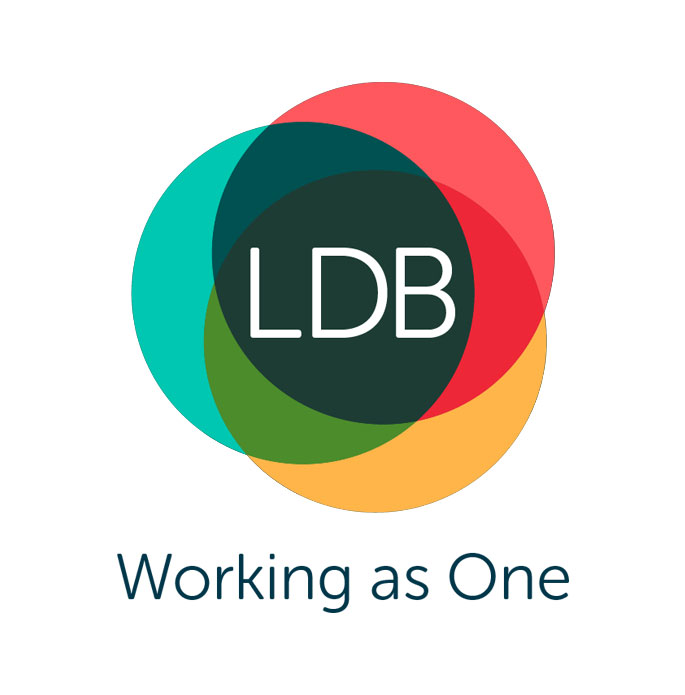Personal Services Income and Service Entity Arrangements

Introduction
In the last edition of the ADE, the accounting and tax team at LDB Group explored various operating structuring options for those transitioning into their own business. As highlighted previously, getting your operating structure right at the start is very important and there are many factors that can alter the advice provided by your business advisor when setting your structures up for you.
Some further taxation considerations that affect medical professionals going into business include the Australian Taxation Office (ATO) rulings published in relation to the concept of Personal Services Income (PSI) and also the use of service entity arrangements when setting up a health/medical practice.
Personal Services Income
PSI is income earned by a taxpayer that is mainly a reward for the personal services or efforts of an individual. In the case of this article we refer to the health assessments/recommendation of a health professional.
If the PSI rules were to apply, then it may be that the income derived for these personal services has to be passed out to that health professional personally, regardless of the type of structure in place. As a result of the PSI rules, the taxation treatment for a health professional can become similar to that of a sole trader.
An example of the PSI rules is where profit has been generated by a trust. In general, profits from a trust can only be distributed to beneficiaries of that trust. However, if the income earned is solely from the efforts of the individual health professional, then the PSI rules may require that income is passed out directly to them personally and not out to any other beneficiaries as may be ordinarily allowed. This limits the ability to spread wealth and reduces tax planning opportunities.
The ATO has set out guidelines detailing whether or not the PSI rules apply to a taxpayers circumstances. There are four steps to applying these rules, as detailed below.
1. Is the income mainly from reward for personal services or efforts?
If yes: Continue to Question 2
2. Does the taxpayer pass the “results test”?
Requirement: the taxpayer must be paid for a specific result, required to provide their own equipment or tools, and be required to fix mistakes at their own cost.
Application to health professionals: generally this test would not be satisfied, and PSI would apply. So we move on to applying the 2nd test, the “80% rule”.
3. Does the taxpayer pass the “80% rule”?
Requirement: the taxpayer needs to work out how much income is derived from each client during the financial year. They will then need to work out the amount of PSI received and see how much comes from one client. If the PSI from one client is more than 80%, then the PSI rules continue to apply.
Application to health professionals: the application and result of this test can vary dependent of the setup of the practice. If the clients income is put through the practice as income and the health professional then consults or derives their income direct from the practice, rather than directly from the client, then it is likely that the PSI will be more than 80% as there is one source of PSI for the health professional- this is a common scenario we often see in larger practices. However, if the clients engage directly with the health professional and invoices are issued in the ABN and name of the health professional, with payments of the clients fees being made to the health professional less any service fee cost (i.e. 30% service fee charge etc. from the service entity), then it is likely that the 80% PSI rule will be satisfied.
4. Apply the other tests – unrelated clients test, employment test and business premises test.
Requirements:
- Unrelated clients test – the taxpayer must receive PSI from two or more unrelated parties.
- Employment test – the taxpayers business must employ or contract others to help carry out the services that derive PSI.
- Business premises test – there are certain conditions that must be met during a financial year. The law states that the business premise must be in a certain location and there are a few criteria as to the usage of the premises that need to be met for PSI not to apply.
Application to health professionals: The taxation implications of PSI applying or not applying will directly affect the ability to distribute or share income between a group of people or beneficiaries. It will also affect the where the deductions associated with the business can be claimed. As detailed earlier, if PSI applies, the income for personal services has to be passed out to that health professional personally despite the type of structure in place. As for deductions, if PSI applies, the deductions will need to be thoroughly reviewed to ensure the applicable costs associated with the PSI have been attributed to this income and the remainder have stayed within the relevant entity – this process can be tricky and time consuming which is why some practices choose to separate non-direct client activities into a service entity.
Find out more on the ATO website https://www.ato.gov.au/business/personal-services-income/ including an online PSI decision tool to help you determine whether or not you earned PSI and if the PSI rules apply to this income.
Service Entity Arrangements
A service entity arrangement typically involves a group of health professionals setting up a medical practice whereby an entity such as a trust or company is setup to provide services back to the medical professionals or practice who can then focus on providing professional services to their clients.
A service entity will normally be setup to provide support to medical professionals by way of clerical and administration services which can include the cost of staff hire, recruitment, renting of a premise, the cost of plant and equipment incurred, also other various business and overhead expenses. It may also be the entity which owns the building the practice operates out of and collects rent from the operating (client facing) entity.
In the case of a service entity, the clerical and administration costs incurred are claimed as a tax deduction. It derives its income by on-charging the costs incurred in providing services plus a margin, which is stipulated within rules for service entity arrangements but can be open to interpretation. The costs which are on-charged to the medical practice or health professionals are then claimed by those entities against income derived from services provided to their clients. The costs on-charged are commonly known as a service fee.
The benefit of a service entity is that any profits earned each year by entity such as a trust, can be distributed legally and tax effectively to other family members or associates of the health professional rather to the health professional themselves. This is because we are clearly distinguishing income earned from service fees and potentially rent, from income earned from client fees, which as discussed above, will most be considered PSI.
Service entity arrangements are accepted by the ATO as legitimate and can be quite beneficial in terms of wider tax planning opportunities so long as the rules are followed and relevant tax law is adhered to.
Find out more about service entity arrangements on the ATO website https://www.ato.gov.au/business/income-and-deductions-for-business/in-detail/service-entities/your-service-entity-arrangements/
Please note the above information in general in nature only. When looking to apply this information to your individual circumstances we recommend talking to a professional advisor who can assist.
